- Camping Tips
- Hiking Tips
- RV Camping
- Destinations
- Gear Reviews
- Blog
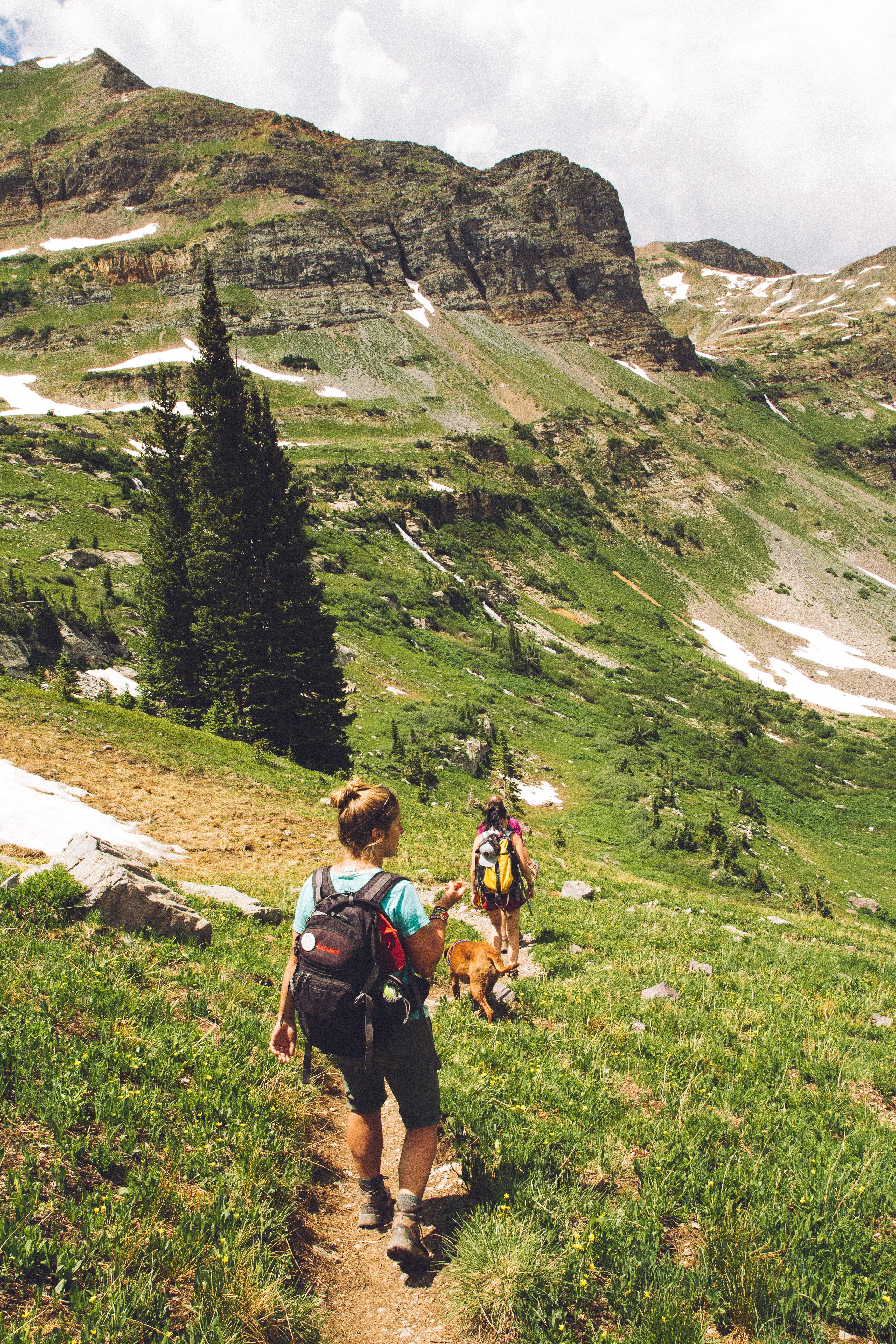
The weather looks great, family or friends connect and want to go for a day hike, so you are ready to go. Do I really need any planning? It’s just a day hike, right?
There are some important things to consider before hiking even for a day hike. We will help you sort out the best items and equipment making your day pleasurable and safe.
This sounds like me in my early days of hiking just finding a trail and heading out. I found out the hard way just how cold, wet, or hungry I could get on a day hike.
I hope this information will help you in realizing day hikes need a bit of planning to keep you safe, happy, and prepared.
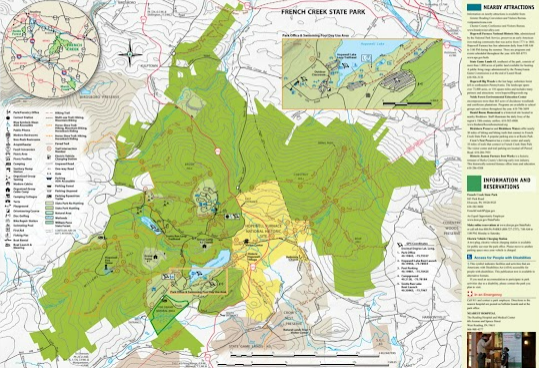
A little amount of planning will go a long way before heading to the trailhead. What about the trail? How long should the hike take and what type of terrain?
My wife and I were on a trail we thought would be a couple of hours, but turned into a much longer time due to the very hilly and rocky terrain. Oh, and it was during the middle of the very hot, humid summer. We did have plenty of water and some snacks to get us through the trail.
Most park trails have paper maps with the blaze markings, distance, length of time to complete, and the difficulty factor. These are all important when preparing to hit the trail with the appropriate resources.
Does the park have bathroom facilities (flush or non-flush), a ranger station, proximity to communication and people should you lose cell service? Knowing this information will best prepare you for a great hiking trip.
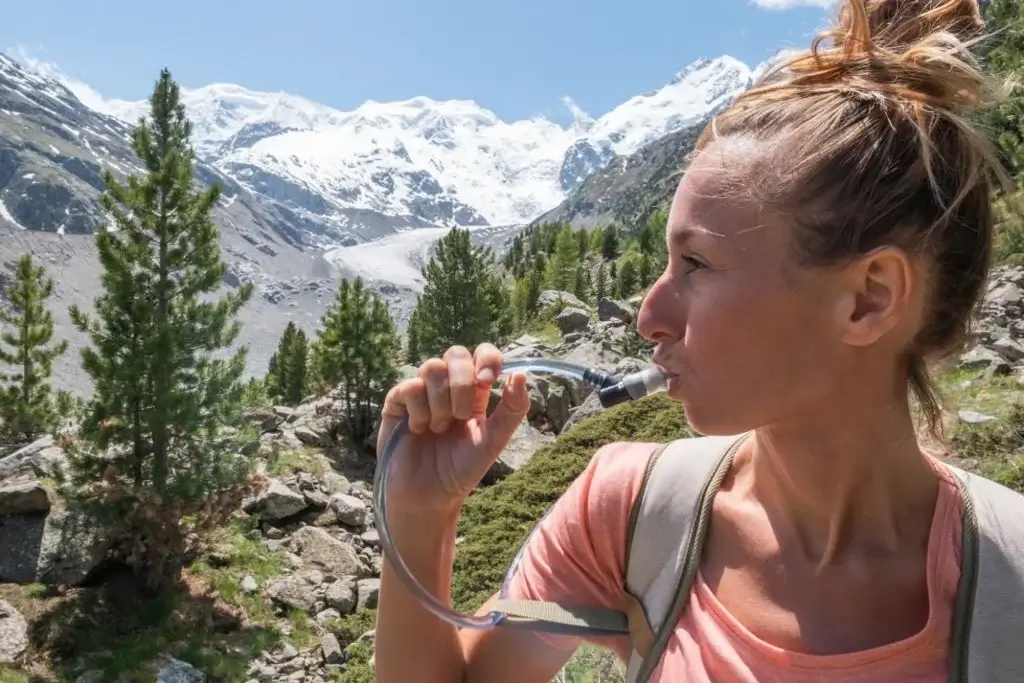
Knowing how long the trail should take will help determine the amount of food needed. A snack or two will keep you going when the trail gets challenging and you need that extra boost of energy. Keep in mind you want to regulate your appetite looking for the long approach to snacking.
Some snacks are more nutritious than others and can have varying effects on your body. Check the labels looking for those not very high in sugar, but some protein and carbohydrates balance. Or bring along your own mix with fruit, jerky, and other foods to help balance your intake. Remember to keep it light in the backpack not bringing bulky, heavy foods. Trail mix, dried fruit, energy bars, or some other form of light packing options.
I cannot stress enough the importance of having plenty of water along your hike. One rule of thumb is about a liter of water for two hours of hiking. Of course you have to adjust to the climate should you go out on a very hot and humid day. More sweat, more replenishment needed.
I prefer reusable water bottles, but my wife loves her hydration pack. There are some really cool hydration bladders and packs to make access easy without stopping along the way. I actually like to stop, grab some water and catch a breath or two before going ahead. It really is up to you as a preference as long as you bring enough for the hike.
Some people prefer using sports drinks to replenish lost electrolytes. There are many sports drinks to choose from, but some have a really high sugar content. It really depends on how much fluid you are losing while hiking.
I sometimes carry a sports drink packet to mix with water should I feel the need to have electrolytes restored. Most times I am fine with just water. You have to find the right balance in choosing a sports drink or water or a combination of the two to drink while hiking.
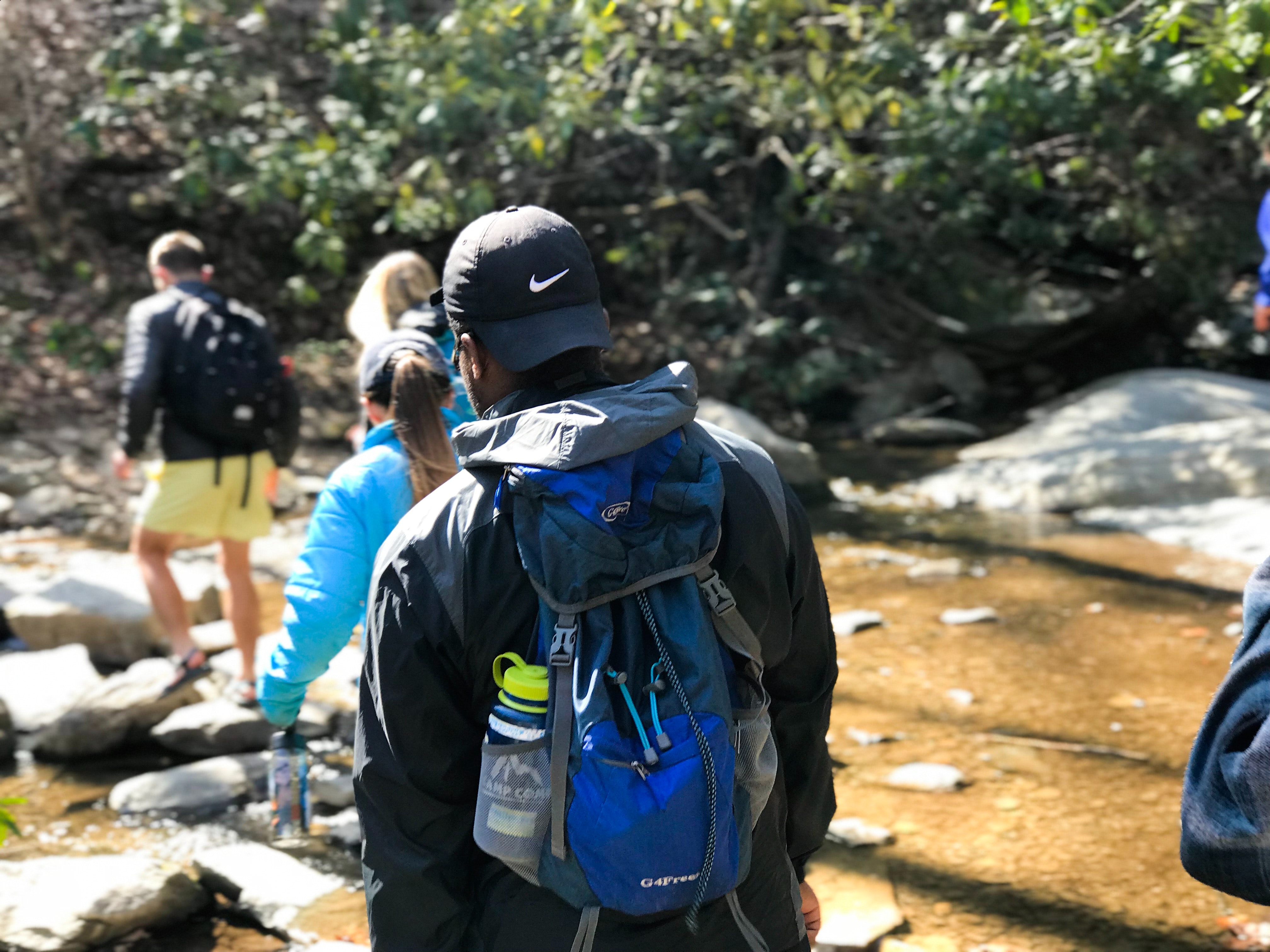
There are those who can go out on a trail wearing jeans, cotton shirts, and sneakers. I can assure you that this will make for a miserable day should you perspire, climb hills, and just feel uncomfortable while hiking.
Cotton is not your friend when it comes to hiking. Your friend will be dressing in layers, using moisture-wicking materials, and decent footwear.
Temperatures can change fairly quickly even on a day hike. Sometimes the skies seem sunny and a group of clouds decide to linger making you feel cooler. Having layers allows you to adjust to the temperature change and pop on a jacket should there be some rainfall.
Hiking pants come in a variety of types, but keep in mind the water and tear resistance factors when finding the right ones for you. A hat that can quickly dry be it a larger brimmed type or ball cap. The trick is getting it to help with sun blocking and drying after being in the rain.
And keep a water resistant jacket either on you or in your backpack should the skies change quickly. There are a number of jackets to choose from, but if you could find something in Gore-Tex, that would be the best material. You can shop around and find some deals before dropping too many dollars.
When I was younger, I didn't appreciate the need for hiking boots. Now, I wouldn’t go on any trail without them. You don’t have to spend crazy amounts of money finding the right hiking boot or shoe. I prefer the boot as it gives me a little better traction and stability when climbing hills.
I also like retying my boots before making long descents to keep from getting a hiking toe (purple toenail). Once you get it, you don’t want it again. Boots also help when walking in moist areas and going through shallow water streams. Ditch the sneakers and get a pair of hiking boots or shoes. You will be happy you did.
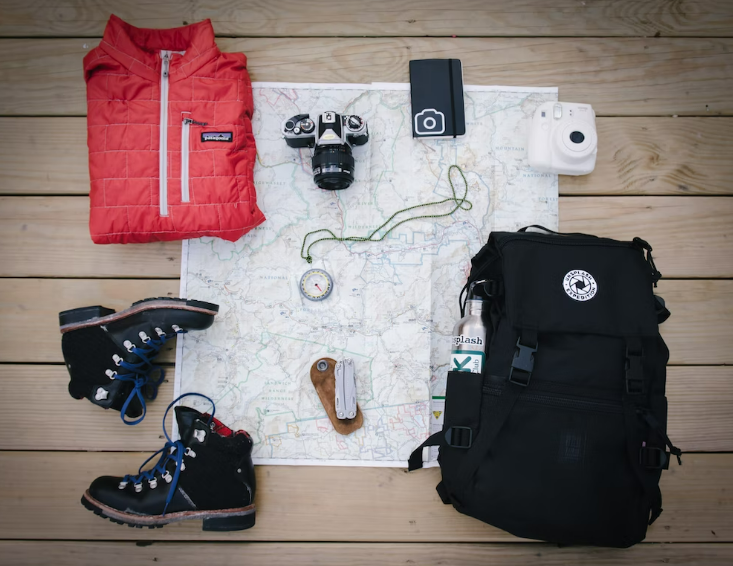
There isn’t a need for a larger backpack with a tent, sleeping bag and the like for a day hike. However, having a smaller backpack can really help with having your essentials at your fingertips.
Our daughter loves hiking and does remote camping and multi-day hikes. She always has her large backpack with a lot of necessary pieces for survival. I lent her my small bag once when she and friends did a day hike recently and boy she really liked it. Look for something that can accommodate the few necessities keeping it light and comfortable, along with being water repellent and having a rain cover.
Some other important things to have are navigation maps and a compass. I like technology, but I also like having a simple print copy of the map with the trails and a basic compass. You can download maps from most of the park websites.
I usually have a copy on my phone and a printed copy in the pocket of my backpack. I once took the wrong trail at a crossroads winding up hiking for a much longer period. It really helps having the map.
Being prepared also includes having a first aid kit with simple bandages, emergency mylar thermal blanket, blister treatment, antiseptic wipes, hand sanitizer, and menstrual products. These are some basic items to have in a kit.
Along the lines of preparedness comes the need for a flashlight/headlamp and a knife or multi-purpose tool. I keep the multi-purpose tool in my first aid kit inside the backpack.
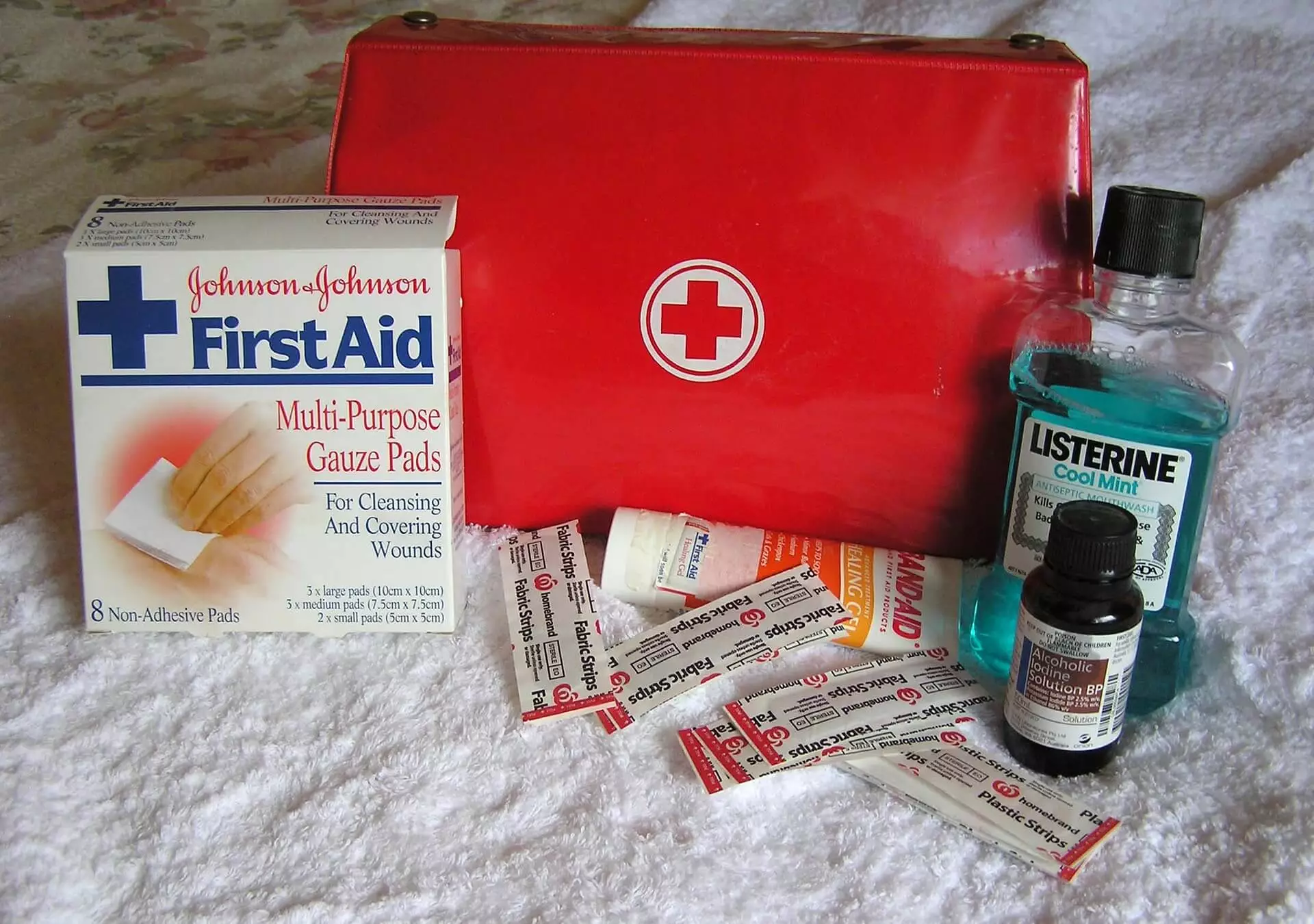
In addition to the more essential gear mentioned, you may want to consider bringing these along as well.
Enjoying a day hike, getting out in nature, and having a great time exercising can offer many benefits. It may seem very simple to just go out there and walk on a trail, but some preparation could truly be the difference between a wonderful day and something less appealing or even unsafe.
With the right preparation and gear, you are just moments away from an enjoyable experience. Get out there and have fun! Be safe!
Let’s go CampingManiacs!!!
Charlie Leone
Website Owner/Editor
Welcome to CampingManiacs